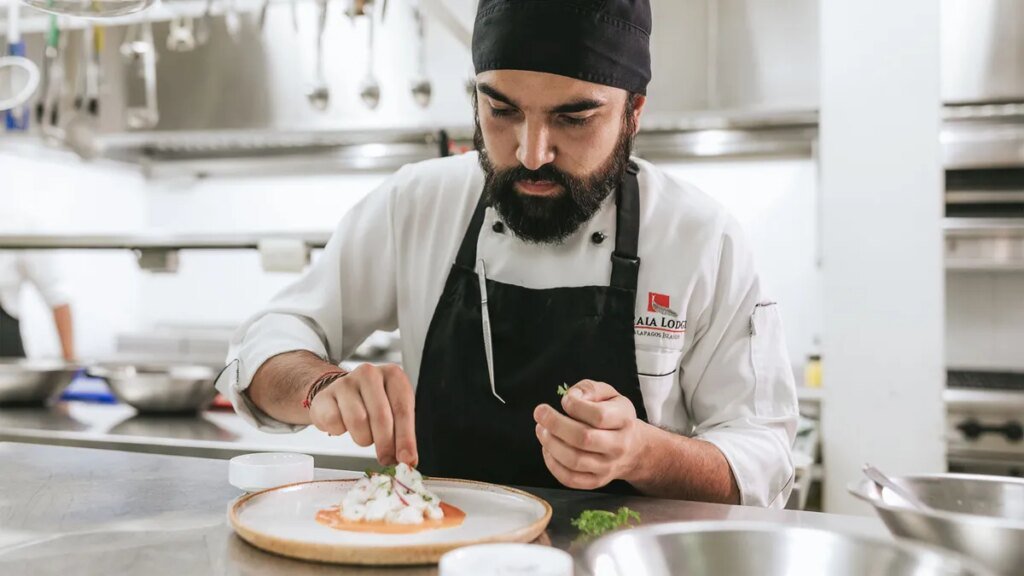Travelers to the Galapagos Islands may soon discover that some beloved food items, such as fresh dairy, specific meats, and many fruits and vegetables, cannot be brought from mainland Ecuador. Rather than seeing this as a limitation, local chefs like Puente embrace these restrictions as a source of inspiration, urging them to innovate and create a cuisine that is distinct to the Galapagos.
Embracing Local Ingredients
Puente highlights that the constraints of sourcing ingredients encourage culinary creativity. “These limits actually sharpen our creativity, encouraging us to think differently,” he says. Instead of replicating international dishes, chefs in the Galapagos focus on creating unique culinary experiences that celebrate the islands’ resources. Menu items like quinoa croquettes, paired with a sauce made from pepa de zambo (local pumpkin seeds), exemplify this creativity. Another standout dish is Andean ceviche, which ingeniously combines pickled pumpkin and pumpkin seeds.
Seasonal Delights
Seasonal fruits also take center stage in Puente’s kitchen. For instance, during guava season, the chef and his team collect the fruit to incorporate it into various dishes and drinks. “We use it for our ice cream, one of our signature cocktails, and even to make guava vinegar,” he explains, showcasing the versatility of local produce.
Unique Seafood and Beverages
One of the lesser-known ingredients that Puente appreciates is canchalagua, a mollusk unique to the Galapagos and other Pacific coast regions. “It’s not widely known outside the islands, but among local chefs, it’s revered for its distinctive texture and flavor,” he remarks, noting that guests often speak of it as a novel culinary experience. Additionally, while Ecuador is celebrated for its coffee, local regulations significantly limit its production in the Galapagos. Puente showcases this local coffee in both savory and sweet dishes, leveraging its scarcity to maximize its impact.
Organic and Local Beef
Beef dishes at Pikaia Lodge follow a similar sustainable philosophy. Due to national park regulations, raw beef from non-local sources isn’t permitted, making locally raised, organic beef the only option. Puente believes this results in a unique flavor profile—one that surprises and delights visitors. For example, a dish called asado negro exemplifies the quality and taste of local beef, featuring tender meat in a rich, slightly sweet sauce that elevates it beyond traditional beef tenderloin preparations.
Conclusion: Innovation Through Constraints
In summary, the culinary scene in the Galapagos Islands thrives under the challenges presented by limited ingredient availability. Embracing local produce, incorporating sustainable practices, and emphasizing regional flavors not only meets regulatory needs but also results in inventive and memorable dining experiences. As guests indulge in these carefully crafted dishes, they gain a deeper appreciation for the unique culinary identity of the Galapagos Islands—where constraints fuel creativity.



